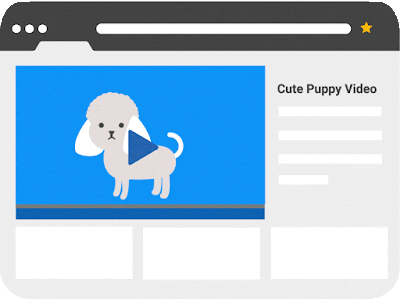Last year we launched Matched content to help publishers promote their own content to readers. Since then, we’ve run some experiments and found that when a publisher used Matched content, readers tended to consume more content and spend more time on sites, resulting in a corresponding revenue increase.
If that’s not enough to convince you, take a look at the results from our experiment:
If that’s not enough to convince you, take a look at the results from our experiment:
- Number of pages viewed increased by 9% on average
- Time spent on site increased by 10% on average
Matched content is available for sites with multiple pages and high volumes of traffic. Have a look at the site management settings in your AdSense account to see if your site(s) is eligible to run Matched content.
Make the most out of your Matched content units with these best practices:
- Let Google help you find the right size by using responsive Matched content units.
- Place your Matched content unit directly below the article and either above or below your ad unit
- Consider using Matched content on long scrolling pages
We'd love to hear your thoughts about this new feature in the comments section below this post and be sure to follow us on G+ and Twitter.
Posted by: Vasyl Pihur, AdSense Data Scientist
* These suggestions are designed to help you optimize your pages and are not meant to guarantee any specific results. And, just as a reminder, you are responsible for the content and layout of your site.














